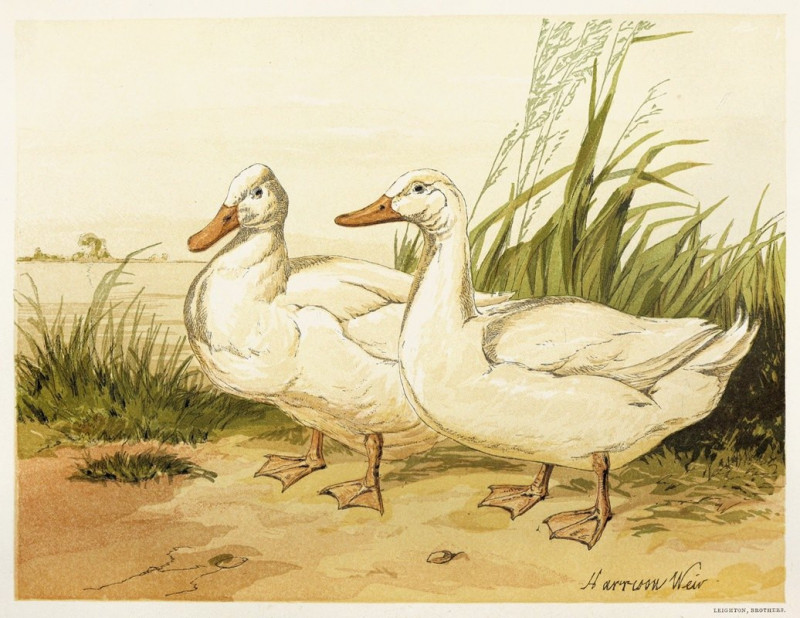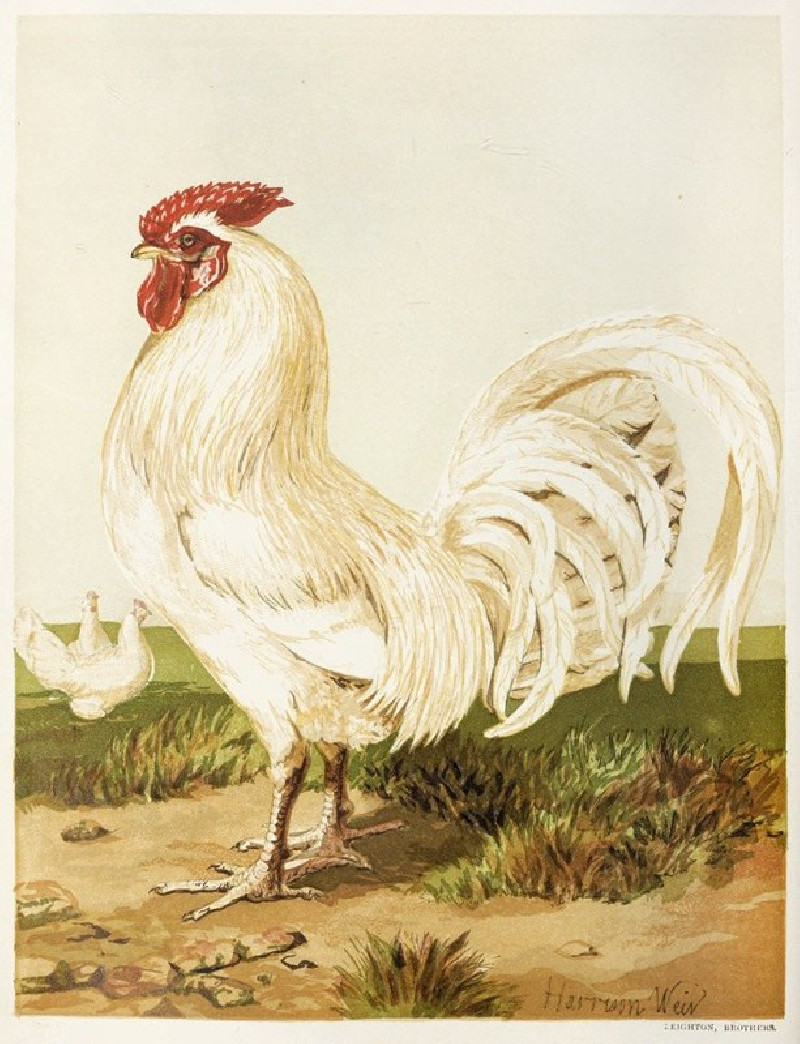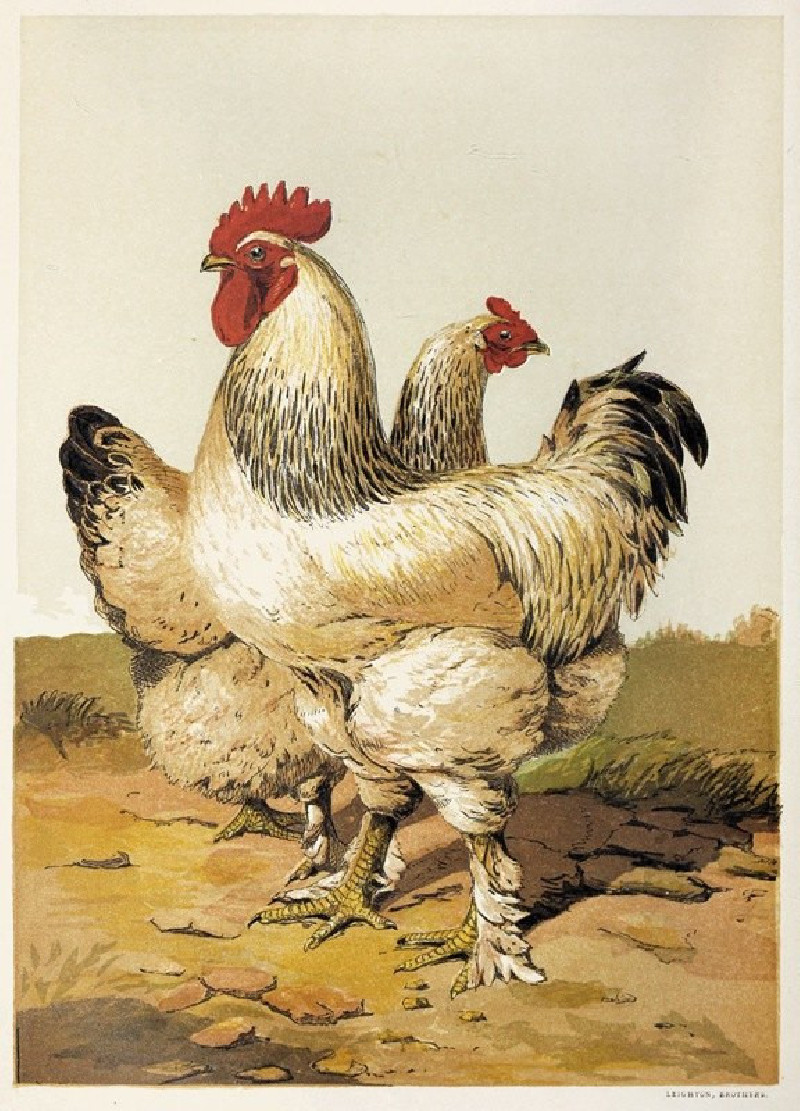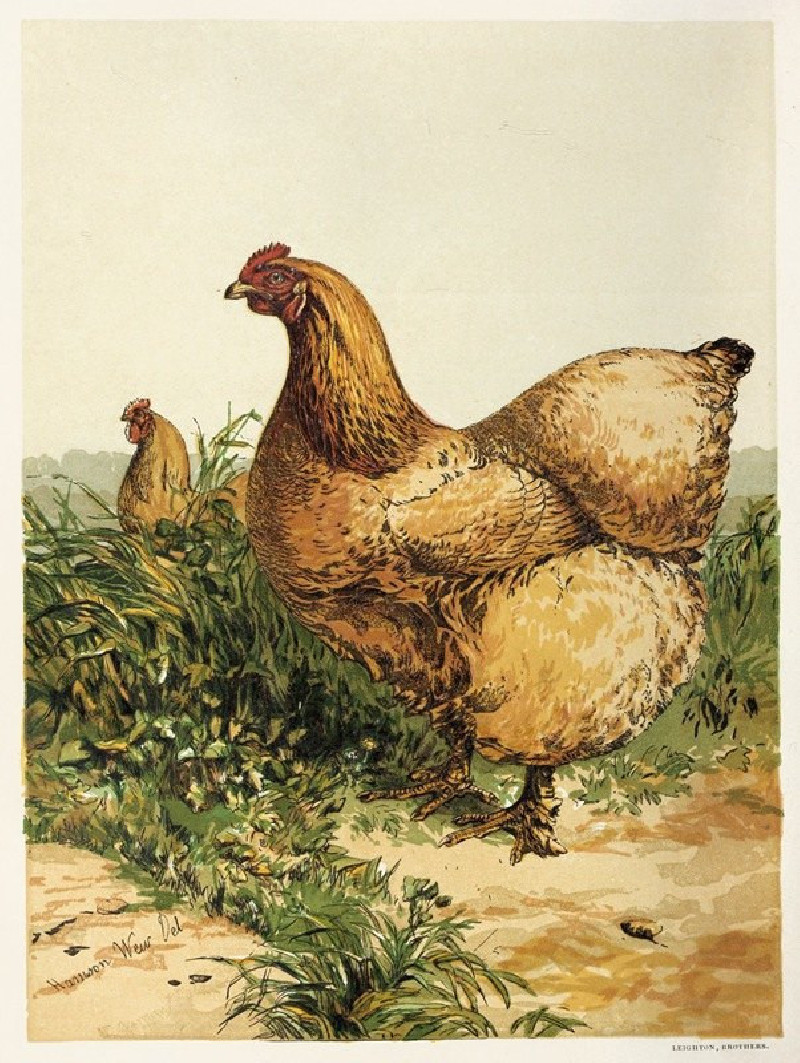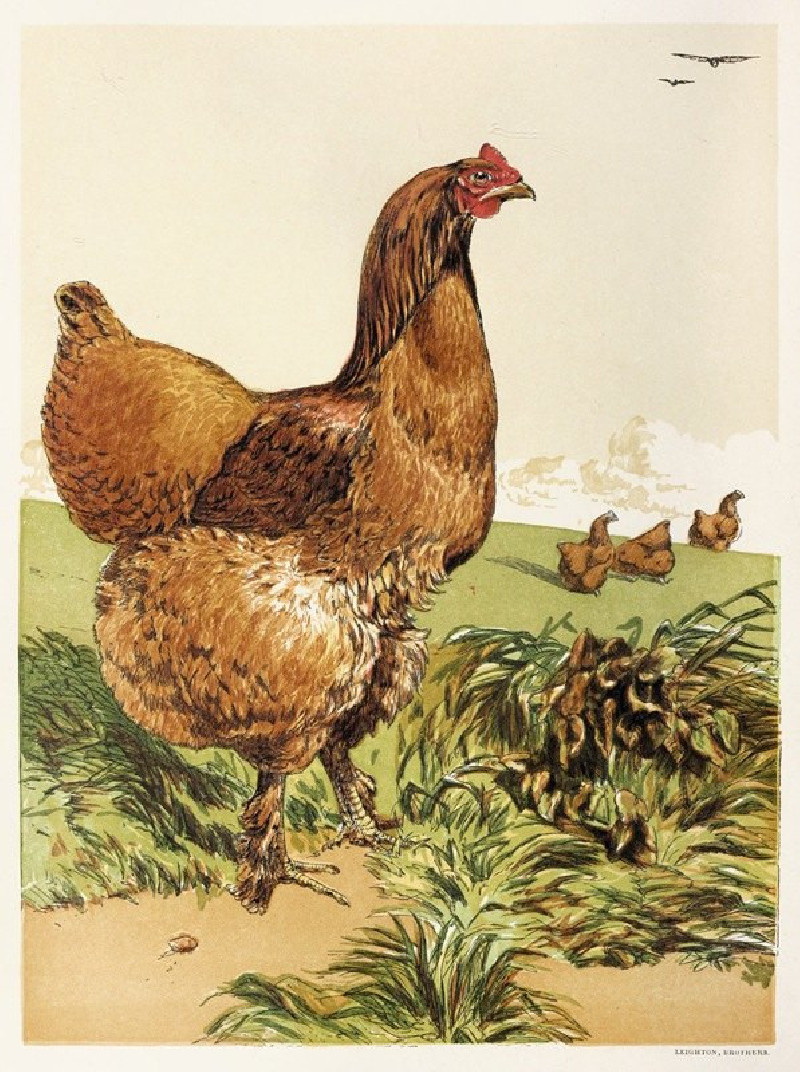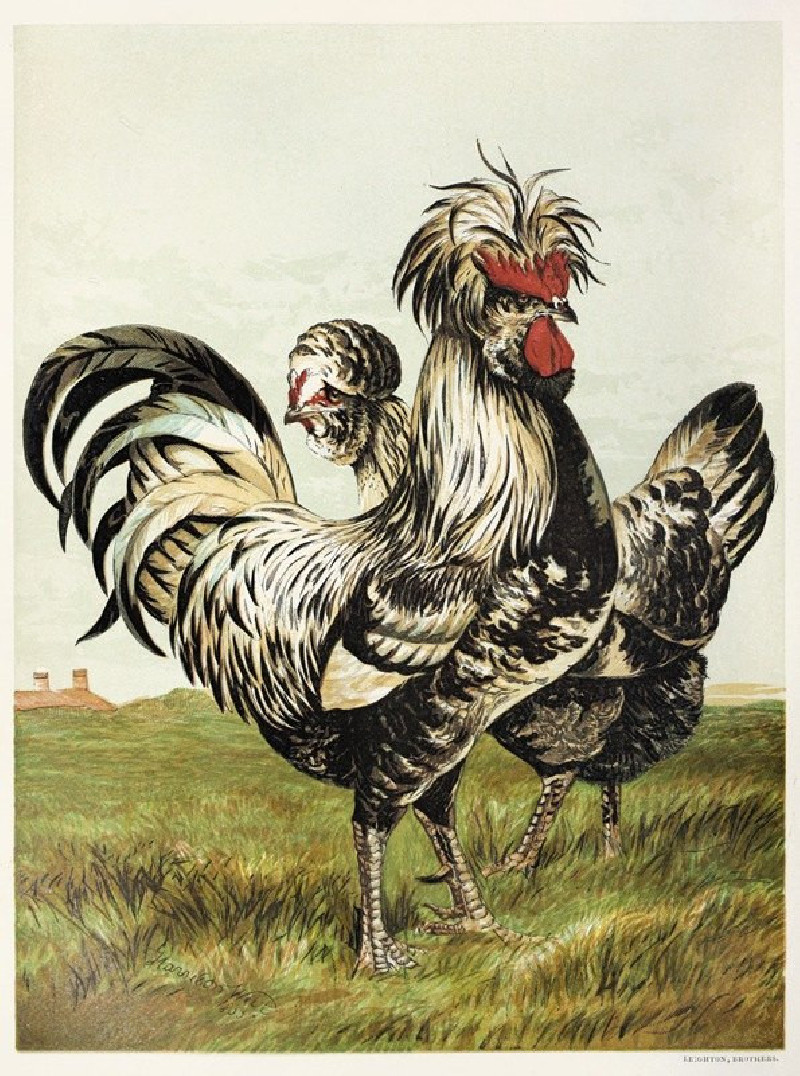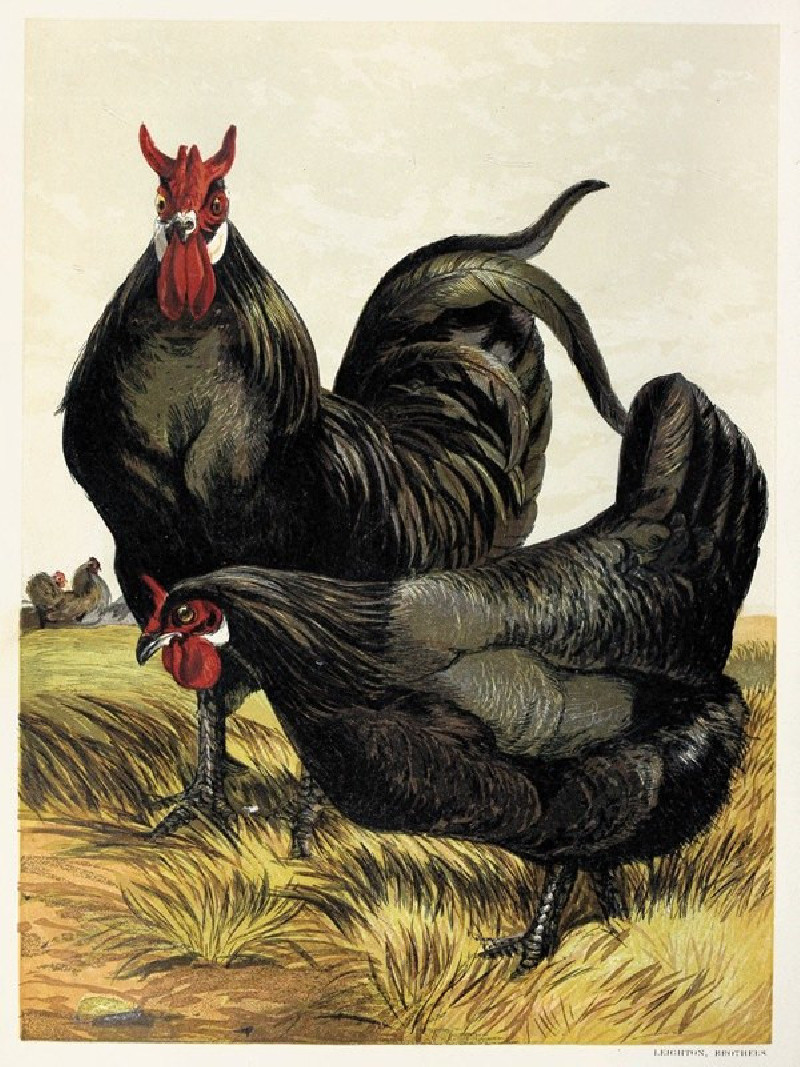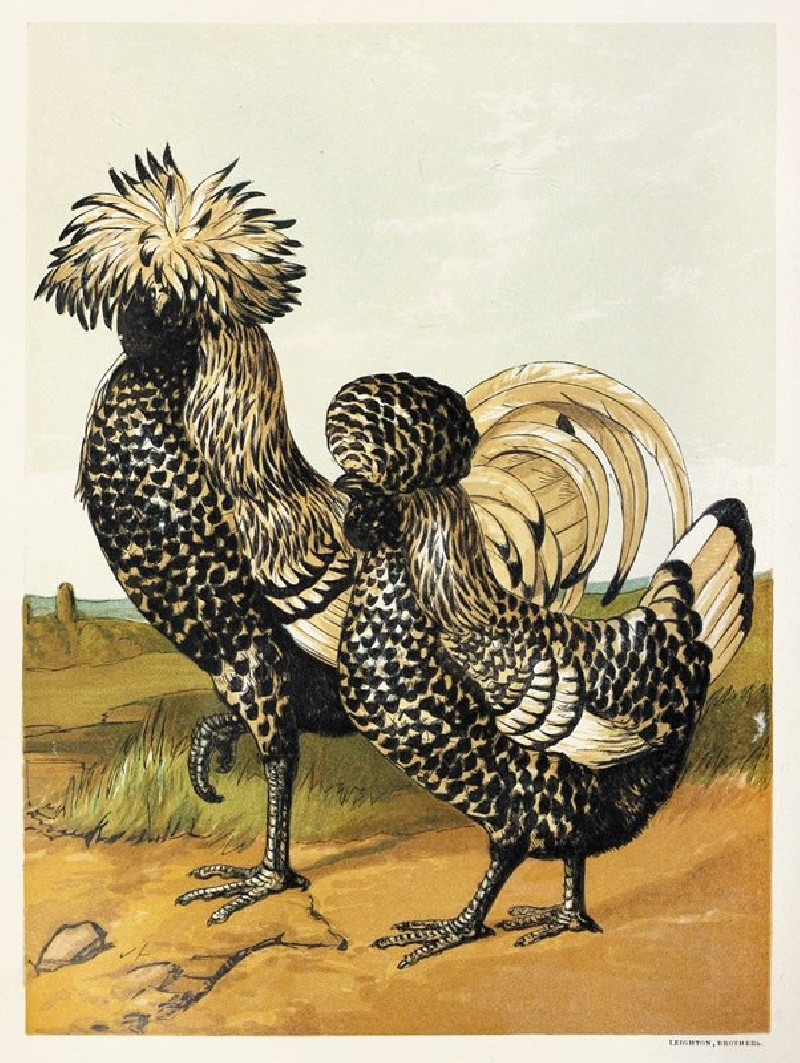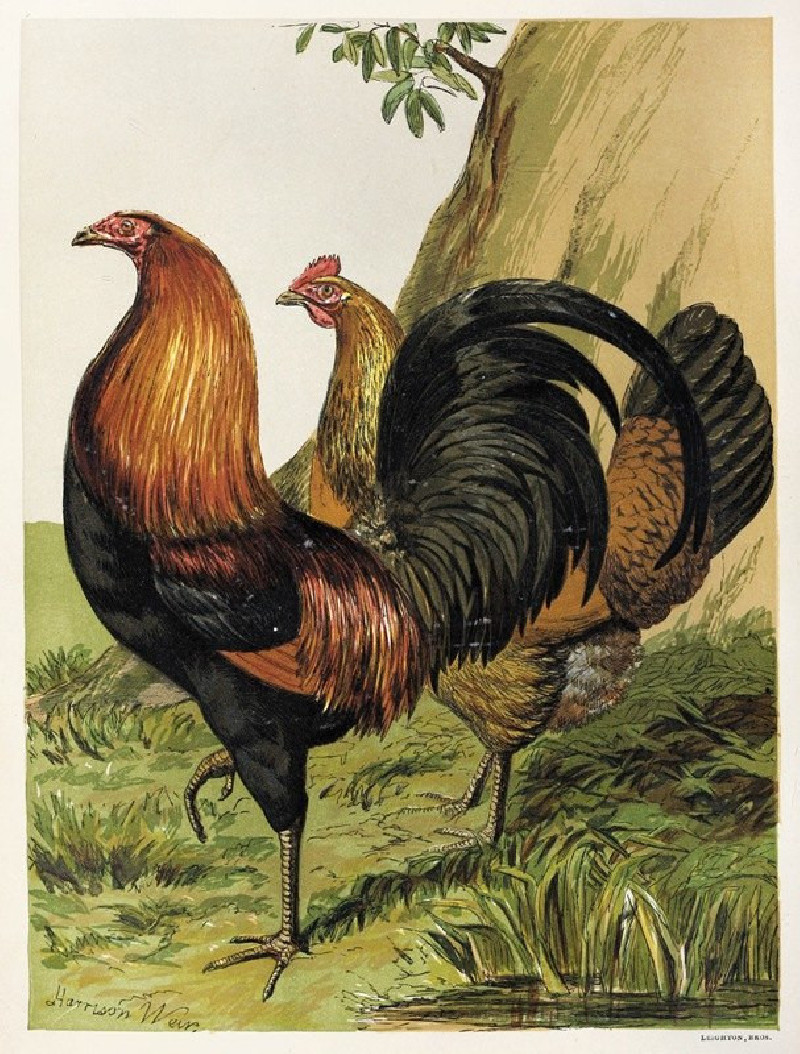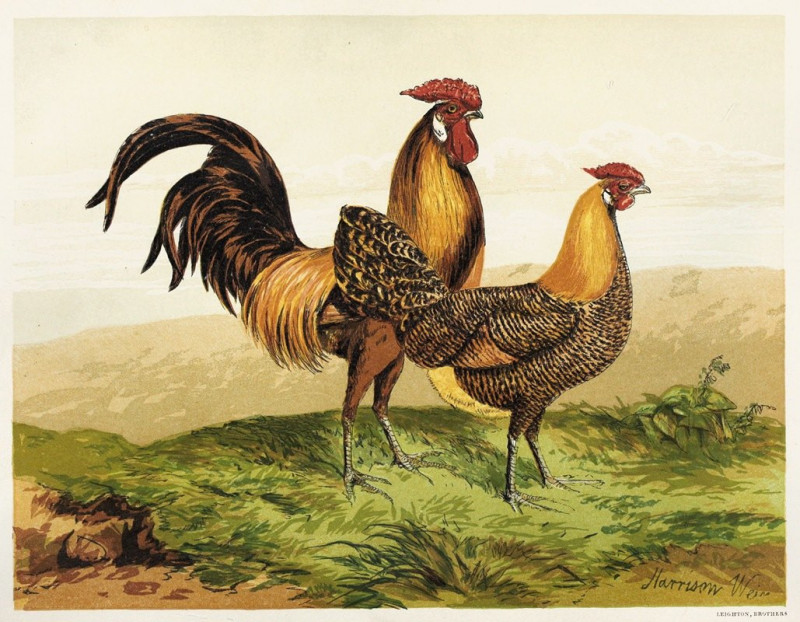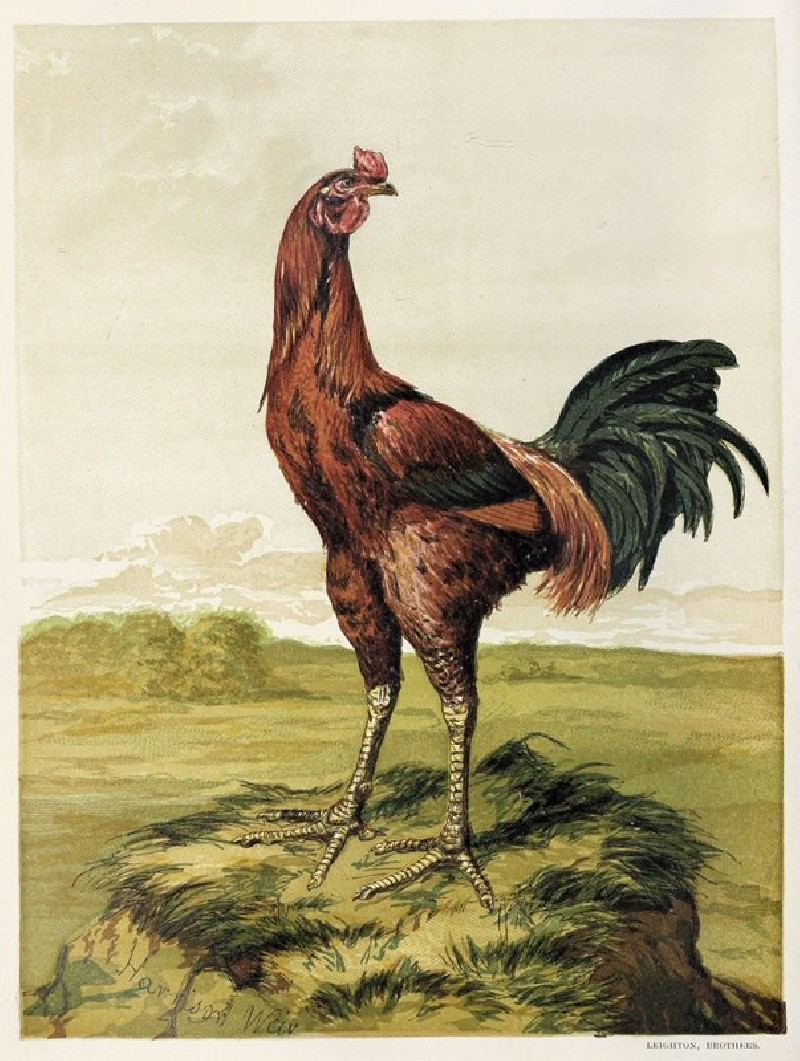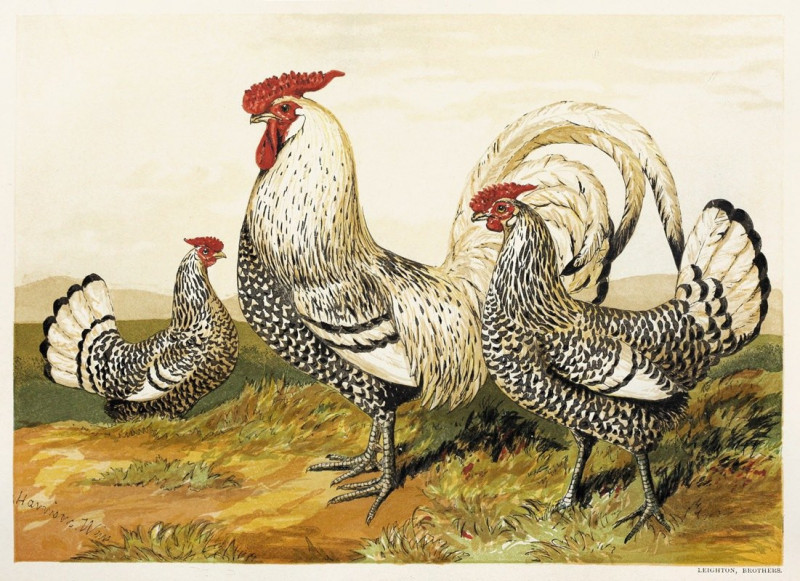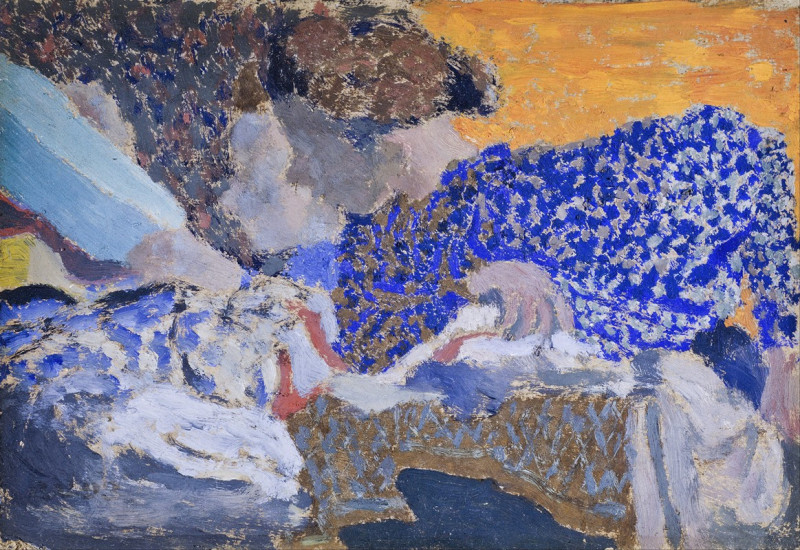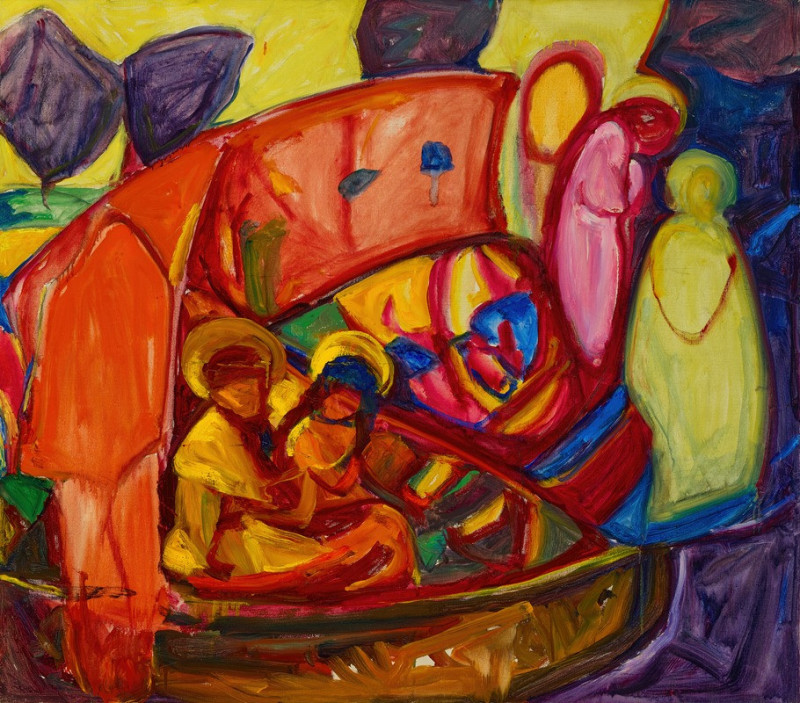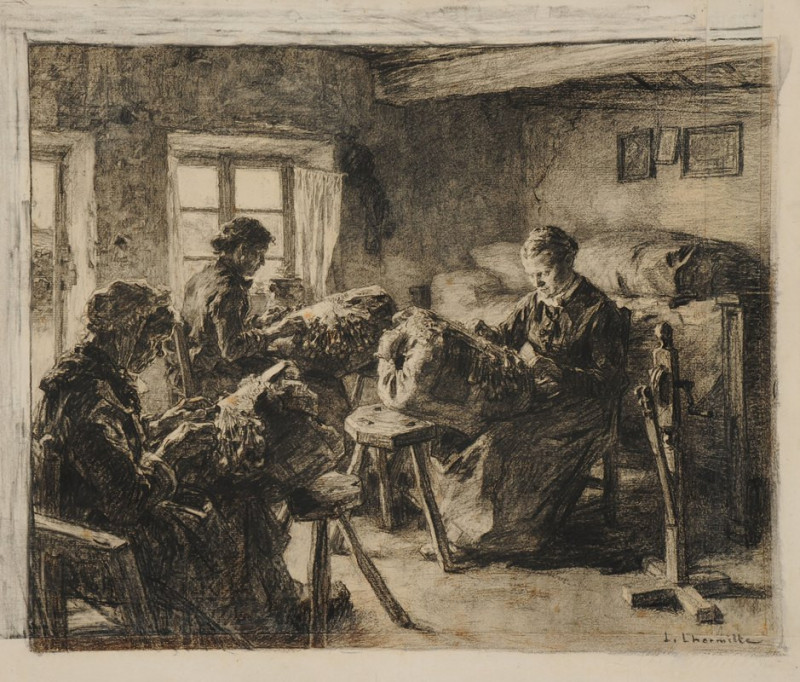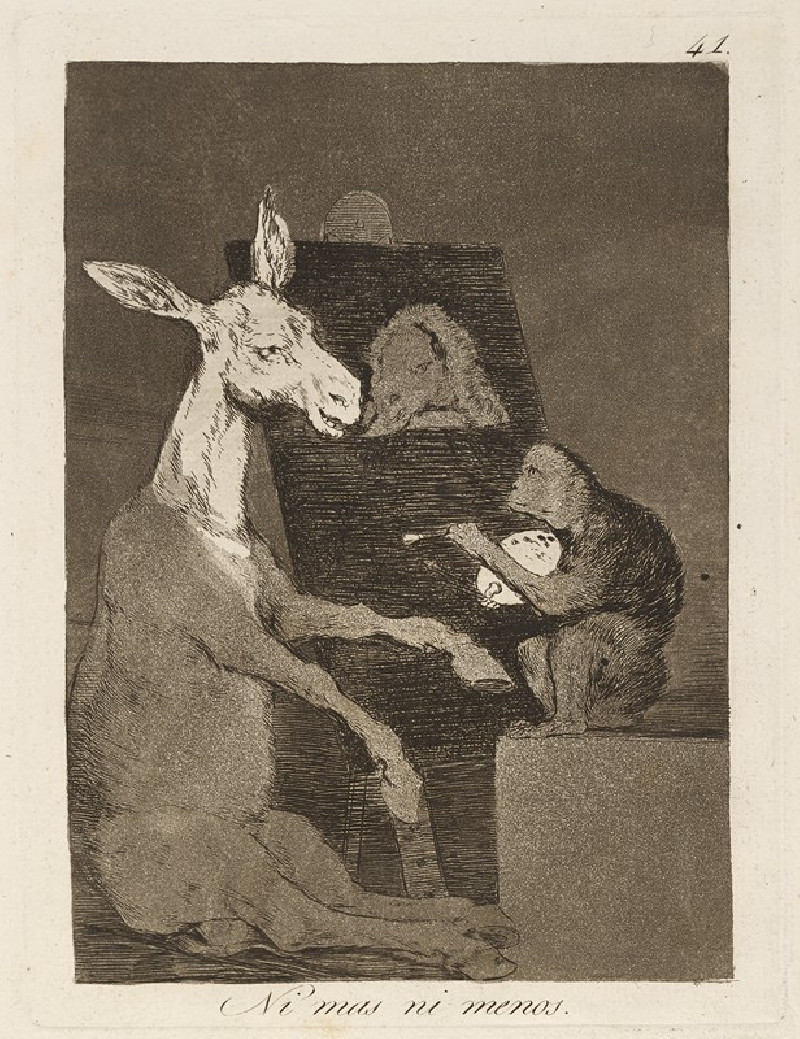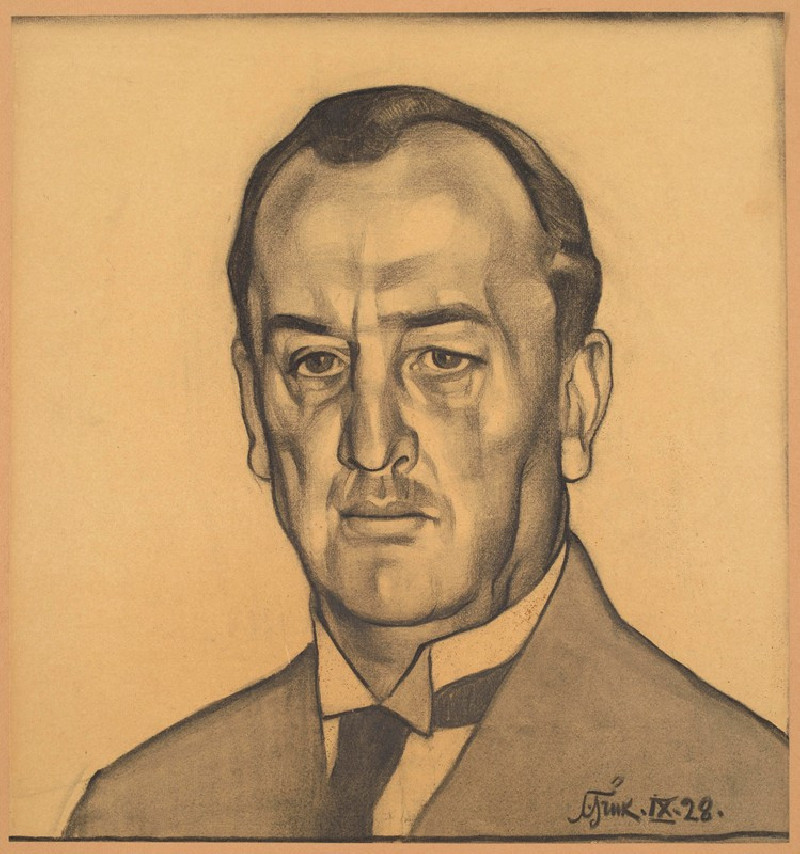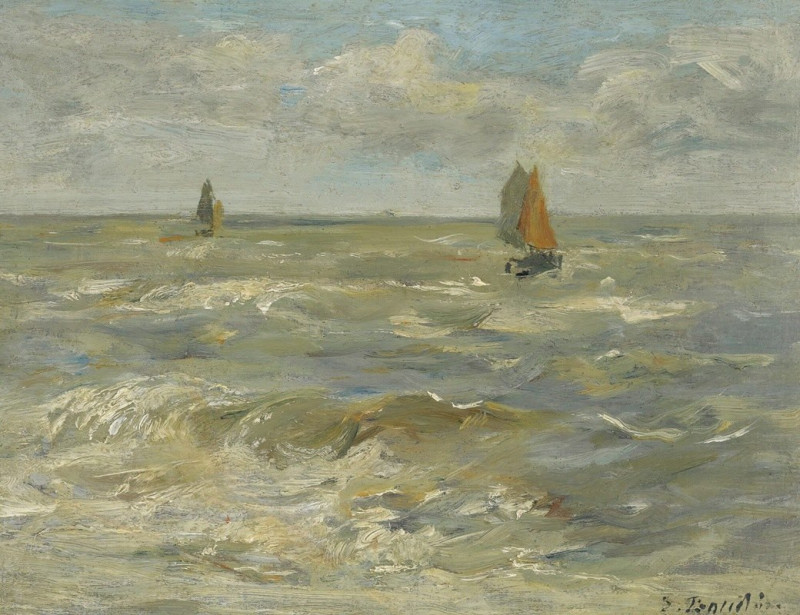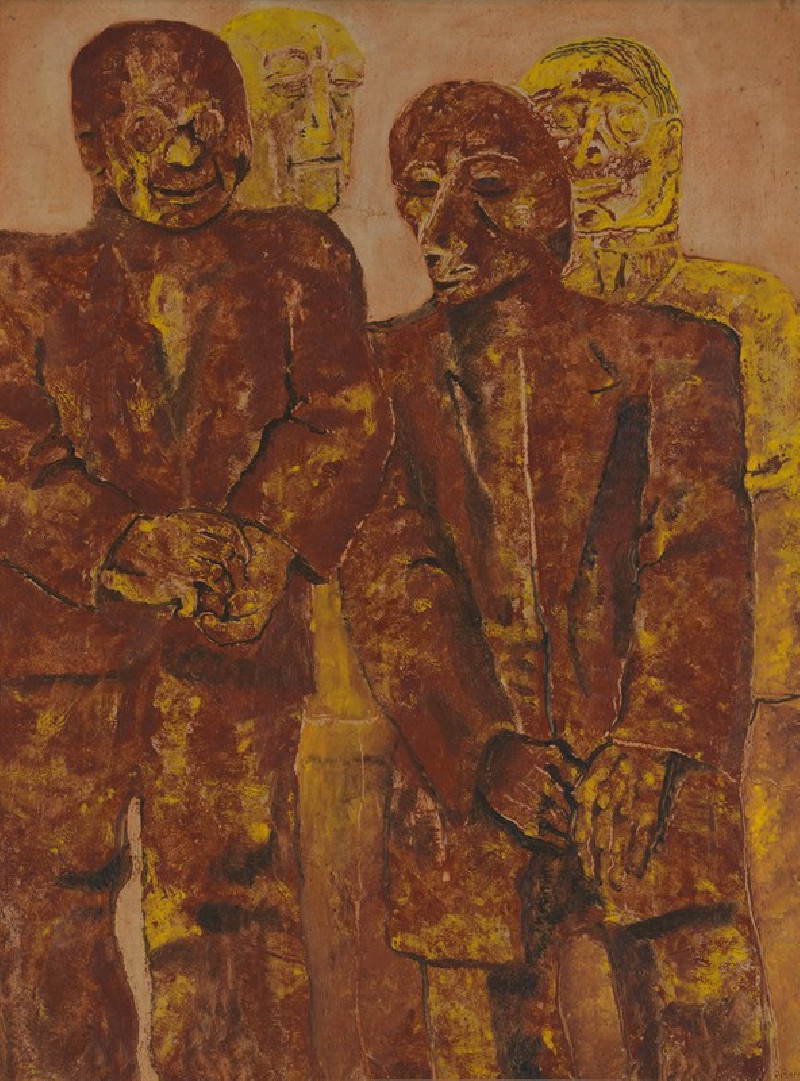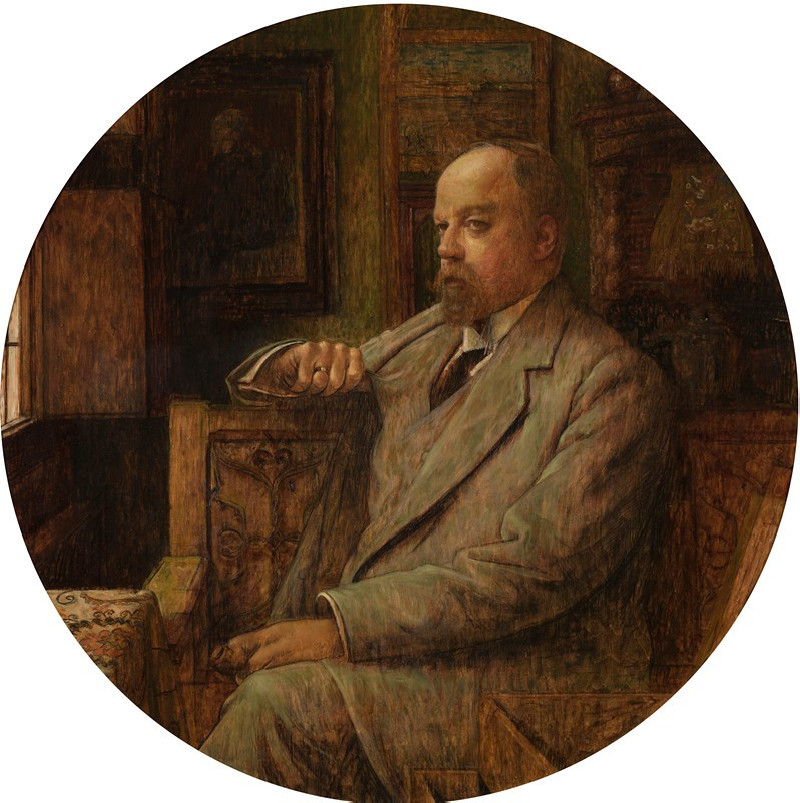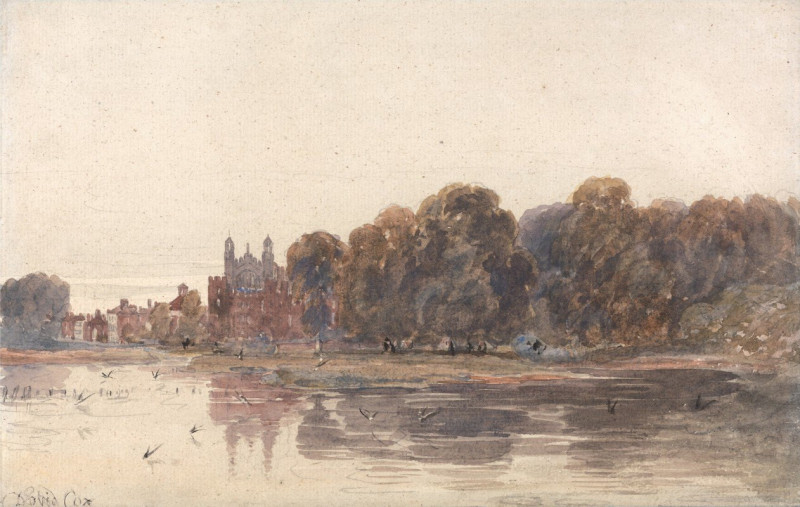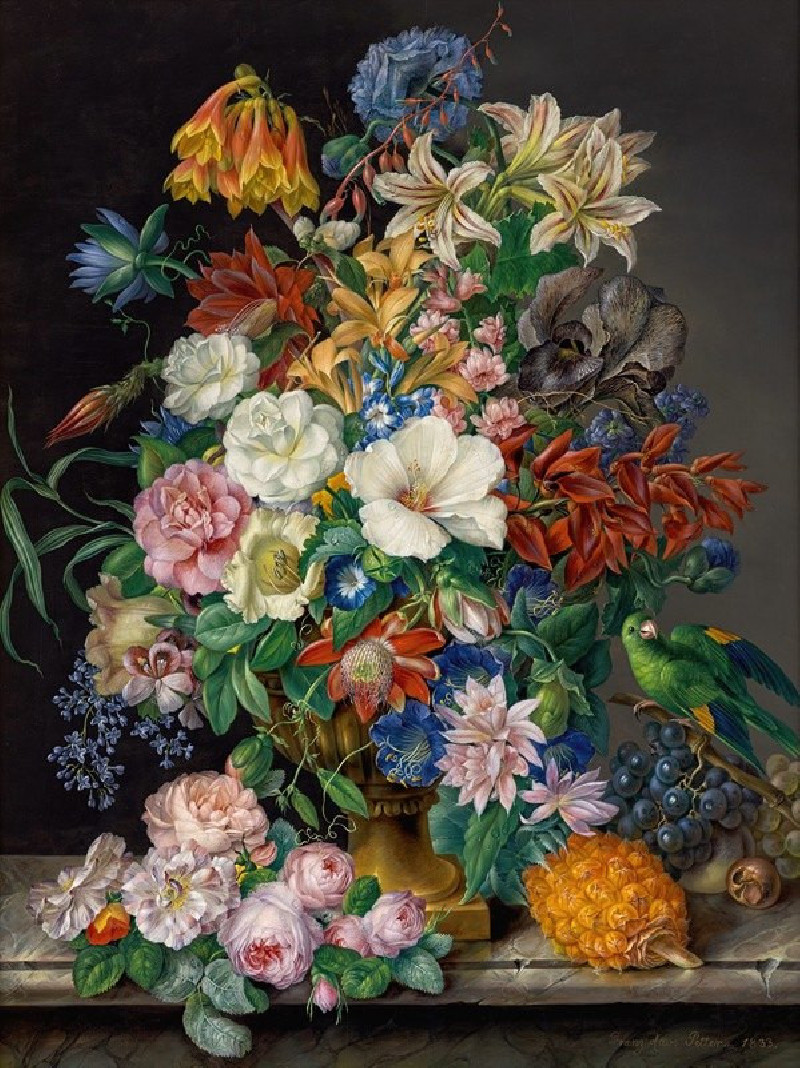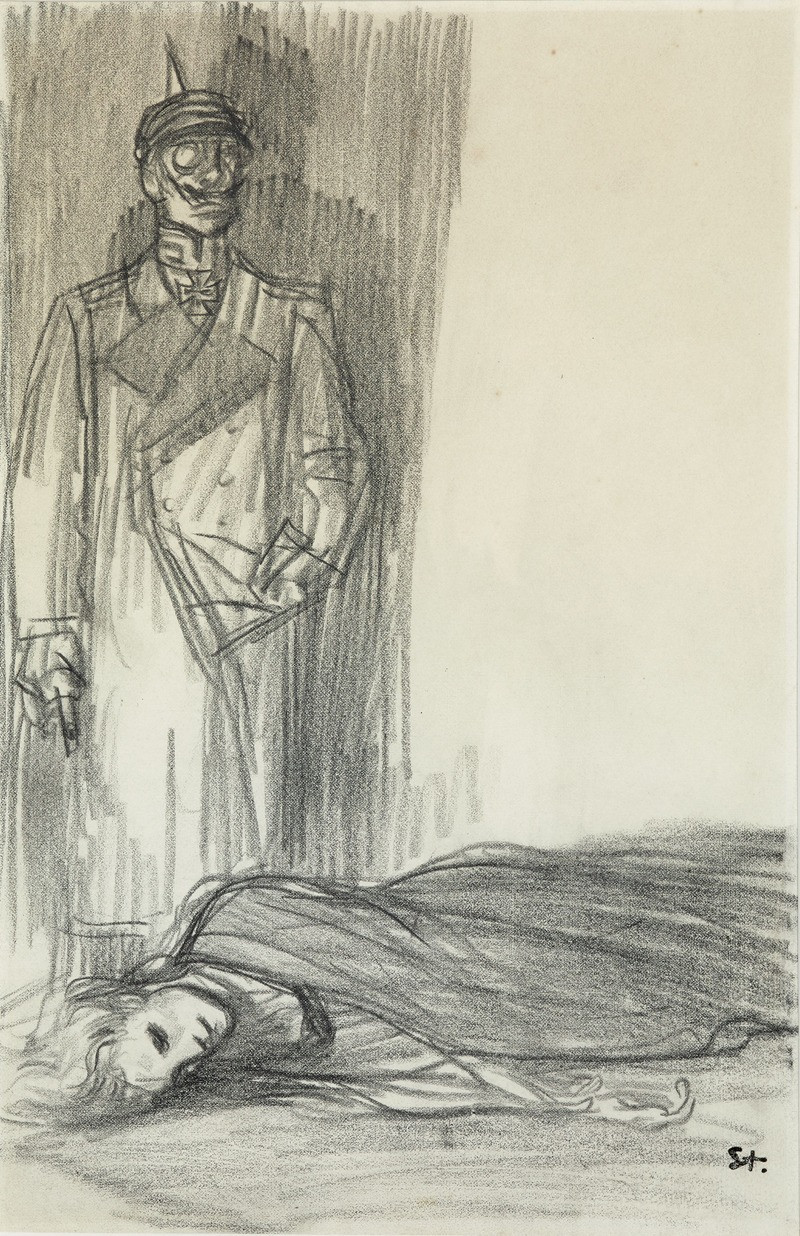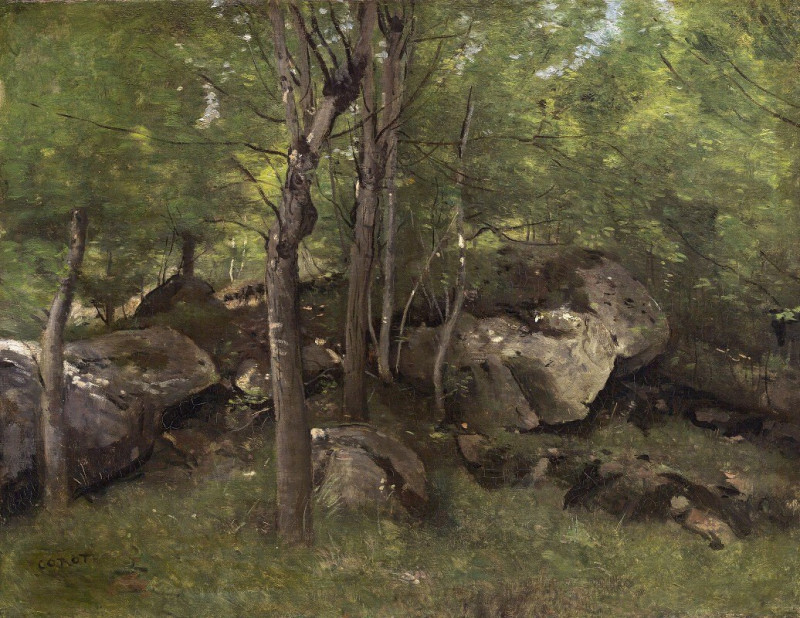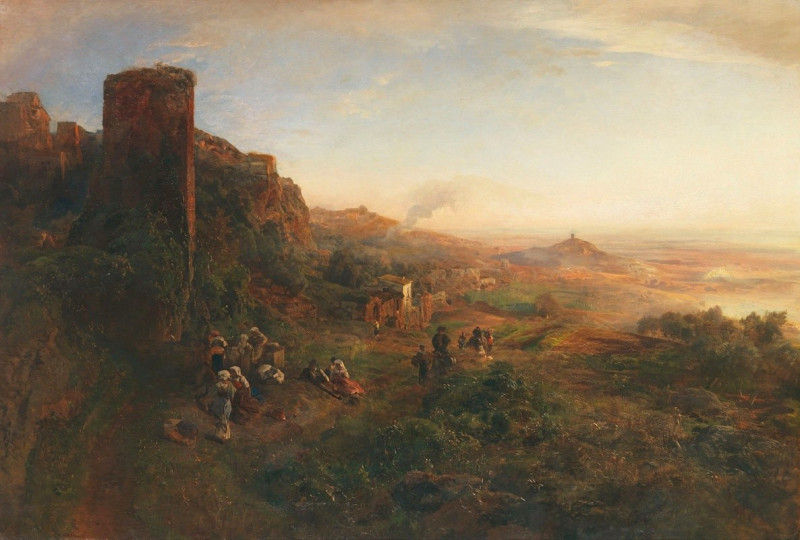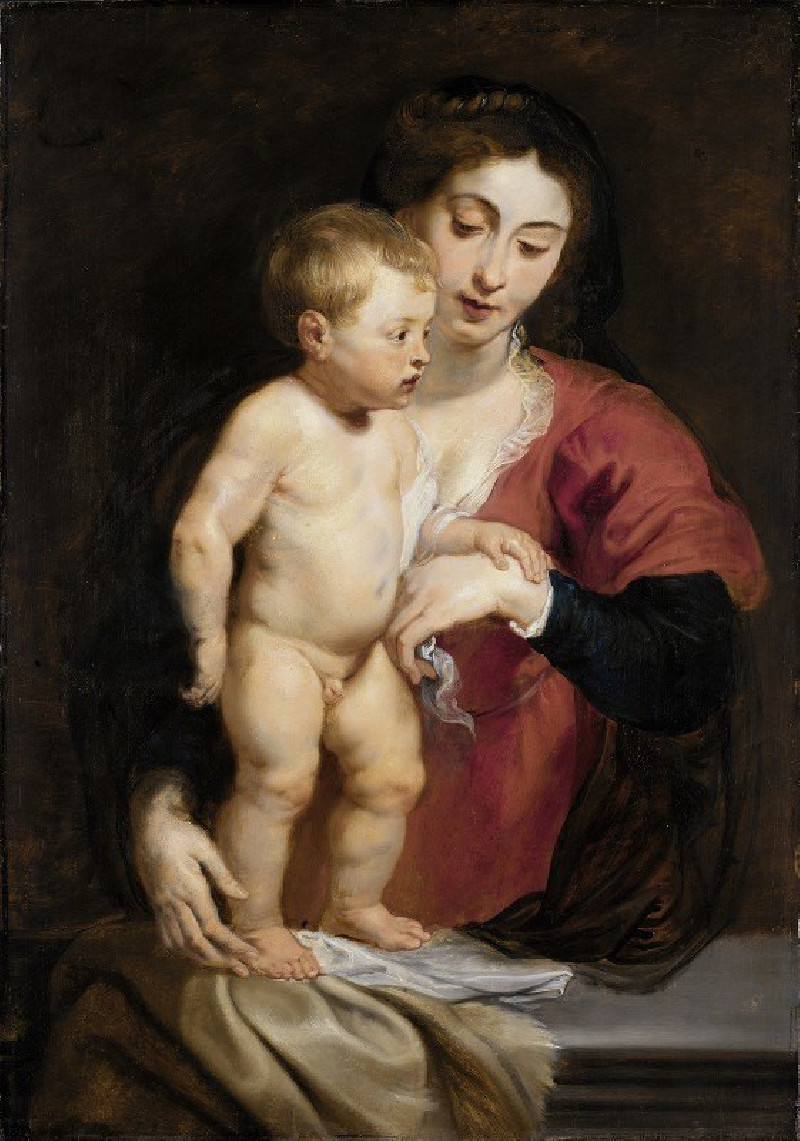White Aylesbury Ducks (1867)
Technique: Giclée quality print
Recommended by our customers
More about this artwork
"White Aylesbury Ducks" (1867) by Harrison Weir is a charming depiction that showcases the simplicity and elegance of these graceful birds. This painting captures two Aylesbury ducks, set against a serene backdrop that hints at a tranquil rural setting. The ducks are portrayed with remarkable detail, highlighting their distinctive bright white plumage and orange bills and feet, which stand out against the soft, understated colors of the landscape.The artist's use of light and shadow brings a lifelike quality to the ducks, inviting viewers to appreciate the calm and contemplative demeanor of these creatures. Grasses subtly sway in the background, while a distant water body suggests a peaceful habitat, typical for these aquatic birds. The execution of this piece reflects Weir’s notable ability to portray animals with both accuracy and an evident affection.
Delivery
Returns
Harrison William Weir (5 May 1824 – 3 January 1906), known as "The Father of the Cat Fancy", was a British artist.
He organised the first cat show in England, at the Crystal Palace, London, in July 1871. He and his brother, John Jenner Weir, both served as judges in the show. In 1887 Harrison Weir founded the National Cat Club and was its first President and Show Manager until his resignation in 1890.

